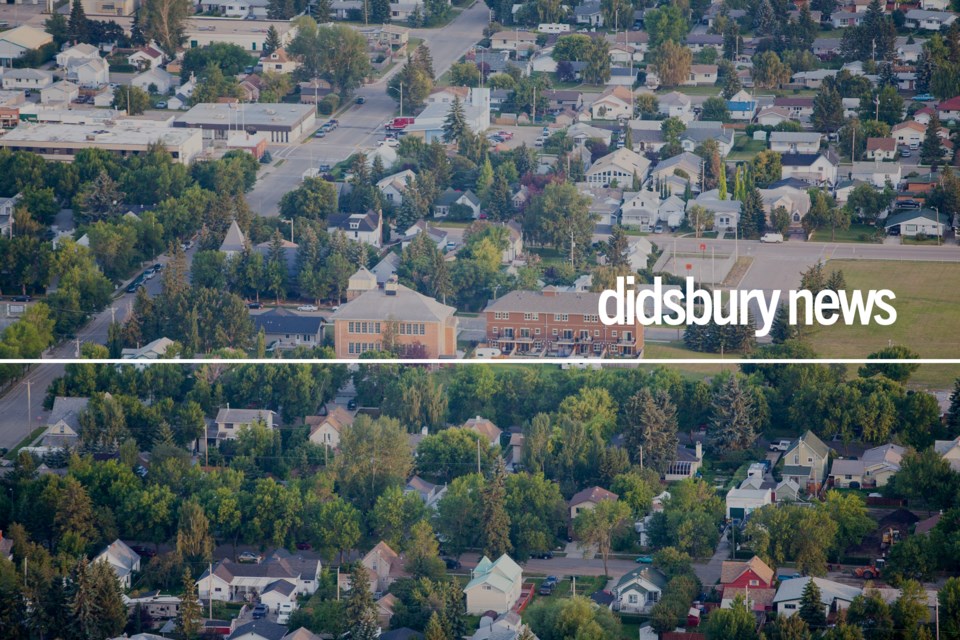DIDSBURY - Town council has instructed administration to examine the possibility of expanding capacity at the town’s lagoon to allow for future commercial dumping.
The move came by way of motion at the recent regularly scheduled council meeting. The lagoon is located on the town’s southeast border.
The town ended commercial dumping at the lagoon on Sept. 1. “It’s really being proactive on our part,” Town of Didsbury Mayor Rhonda Hunter said prior to the closing to commercial dumping. “At the present time we have no quantify or quality control on incoming fluids into our lagoon and we always want to ensure the quality of what goes into the lagoon.
“We don’t ever want to be in a position where we can’t dump our effluent. We want to make sure that our tests are good and that we can release on time and that we don’t have any issues with Alberta Environment and the code of practice that they set.”
Septage is the liquid and solid material pumped from a septic tank, cesspool, or other primary treatment source.
During the Sept. 14 council meeting, councillors heard that the town has received calls from local business operators who use the lagoon as their primary discharge location for septage collected in Mountain View County.
As well, the town has been contacted by businesses in the East Didsbury Industrial Park about lagoon usage.
Ethan Gorner, the town's chief administrative officer, says Mountain View County was contacted by administration to ensure septage receiving is available to residents and businesses of the county. The county responded the receiving location for residents and businesses in the county is located north of Olds off Rge. Rd. 20.
The recommendation to close the lagoon to outside commercial dumping was based on work with Alberta Environment last fall when the upper lagoon failed release criteria, he said.
“The department conducted numerous tests to isolate the source of the failure. It was determined, with Alberta Environment support, that the primary treatment cells are in poor condition,” he said.
A follow up bathymetric survey of the primary treatment cells indicated that the four primary cells are operating at just over 50 per cent fluid capacity, he said.
“Commercial dumping can introduce inconsistency of organics and non-organic solids, such as fertilizers, detergents, hydrocarbons, acids, sediments and gravel,” he said. “Administration is not currently equipped to do the necessary contractor screening to address this concern. However, administration is exploring potential vetting and screening options to protect the integrity of our treatment system.”
Councillors passed a motion calling on administration “ensure that the lagoons are in the best shape they can be as per Alberta Environment standards” and to “explore adding capacity to allow for commercial dumping, while protecting the integrity of our treatment system and that options for increasing this capacity be brought back to council for consideration.”



